Description
Vital Sign Monitor (often shortened to just vitals) are a group of the 4 to 6 most important signs that indicate the status of the body’s vital (life-sustaining) functions. These measurements are taken to help assess the general physical health of a person, give clues to possible diseases, and show progress toward recovery.[1][2] The normal ranges for a person’s vital signs vary with age, weight, gender, and overall health.[3]
There are four primary vital signs: body temperature, blood pressure, pulse (heart rate), and breathing rate (respiratory rate), often notated as BT, BP, HR, and RR. However, depending on the clinical setting, the vital signs may include other measurements called the “fifth vital sign” or “sixth vital sign”. Vital signs are recorded using the LOINC internationally accepted standard coding system.[4][5]
Early warning scores have been proposed that combine the individual values of vital signs into a single score. This was done in recognition that deteriorating vital signs often precede cardiac arrest and/or admission to the intensive care unit. Used appropriately, a rapid response team can assess and treat a deteriorating patient and prevent adverse outcomes.
The blood pressure is recorded as two readings: a high systolic pressure, which occurs during the maximal contraction of the heart, and the lower diastolic or resting pressure. A normal blood pressure would be 120 being the systolic over 80, the diastolic. Usually the blood pressure is read from the left arm unless there is some damage to the arm. The difference between the systolic and diastolic pressure is called the pulse pressure. The measurement of these pressures is now usually done with an aneroid or electronic sphygmomanometer. The classic measurement device is a mercury sphygmomanometer, using a column of mercury measured off in millimeters. In the United States and UK, the common form is millimeters of mercury, whilst elsewhere SI units of pressure are used. There is no natural ‘normal’ value for blood pressure, but rather a range of values that on increasing are associated with increased risks. The guideline acceptable reading also takes into account other co-factors for disease. Therefore, elevated blood pressure (hypertension) is variously defined when the systolic number is persistently over 140–160 mmHg. Low blood pressure is hypotension. Blood pressures are also taken at other portions of the extremities. These pressures are called segmental blood pressures and are used to evaluate blockage or arterial occlusion in a limb (see Ankle brachial pressure index).
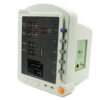

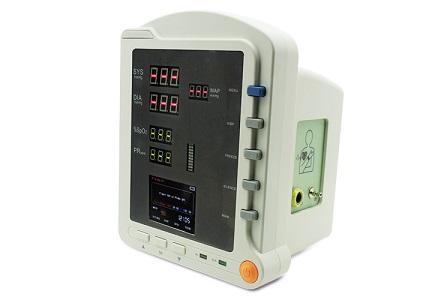
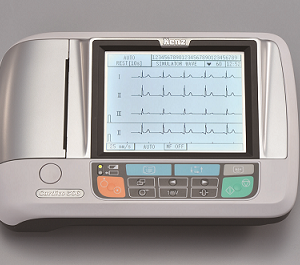
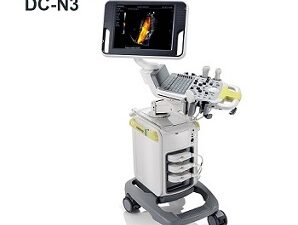
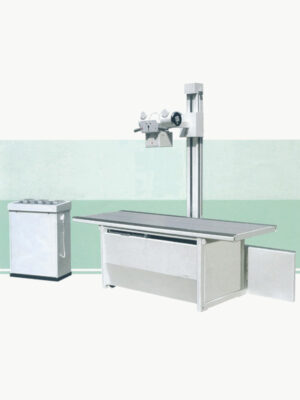
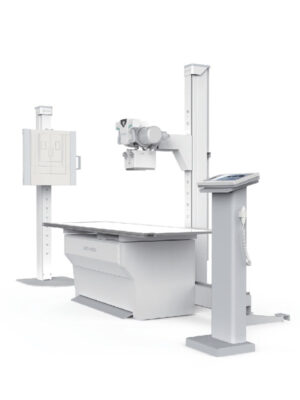

Reviews
There are no reviews yet.